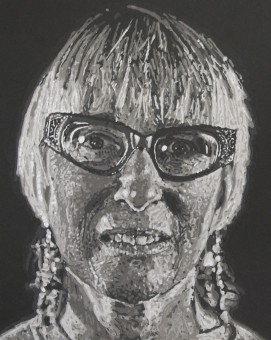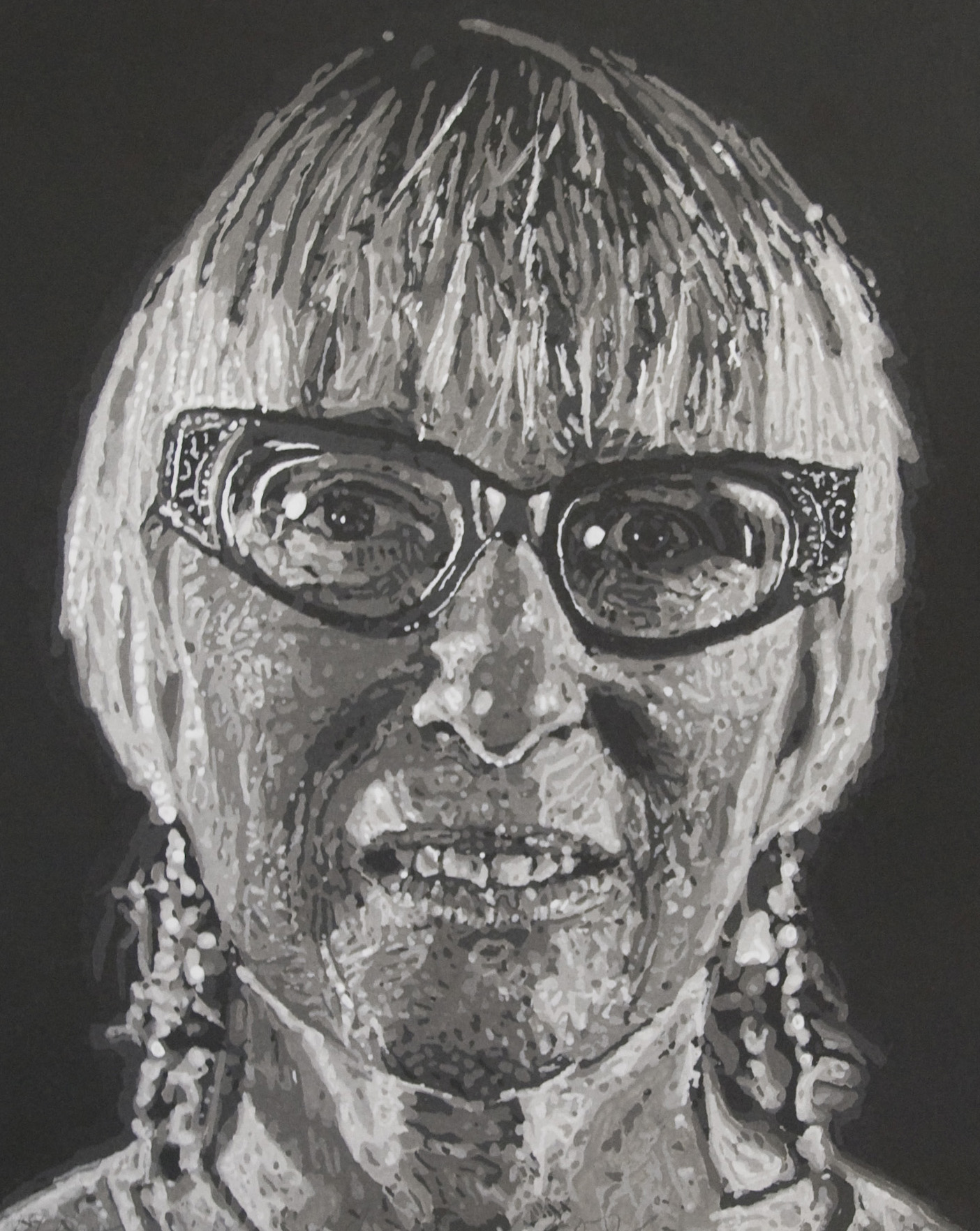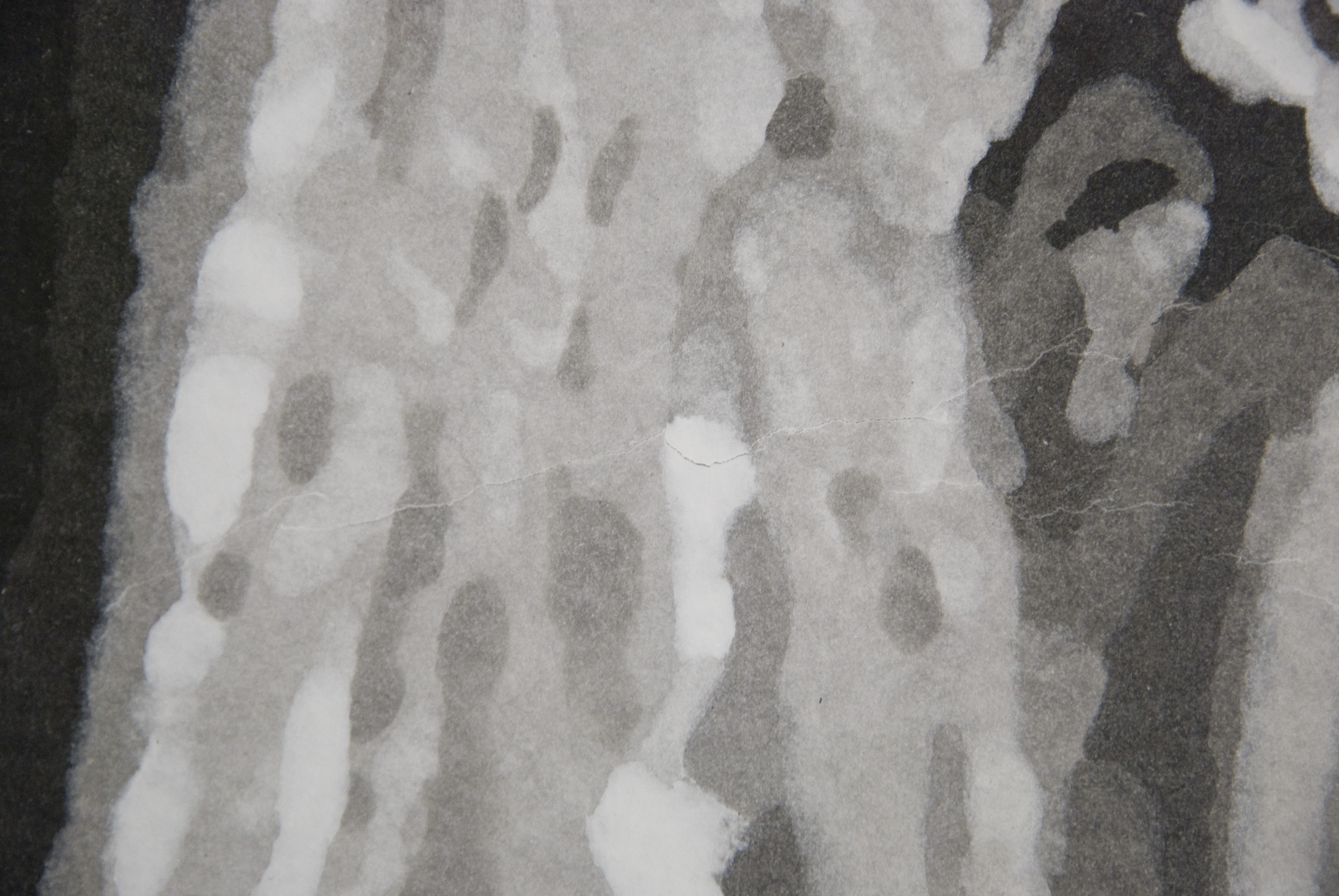Treatment FOCUS: A Chuck Close Portrait
At first glance, it may seem contradictory that celebrated artist Chuck Close is best known for his large-scale portraits. Close has prosopagnosia, which means that he has trouble recognizing faces—even those of people he has known for years. But flattening out a face through the process of painting or printmaking helps Close remember it, as he explained in an interview with PBS NewsHour in July 2010:
I have virtual photographic memory for anything that is flat, so it's not an accident that I only do images of people who matter to me—family, friends, other artists….These are images that really matter, and I want to commit them to memory, and the only way I can really do that is to flatten them out, scan them, make these drawings and paintings and prints. And then they enter my memory bank in a different sort of way.
This 2007 Close portrait, Janet—which portrays painter Janet Fish, a friend of Close’s—is currently receiving conservation treatment at CCAHA. To create the huge paper print, Close and his collaborators applied different shades of paper pulp using a complex system of stencils.

Janet, before conservation
Unfortunately, this edition had developed an 18-inch horizontal crack running from the left center area along the figure’s eye level, causing the top layer of pulp to delaminate from the layer underneath and exposing lighter-colored, broken fibers. The print also had a slight bend along the horizontal center. Poor handling, prior to housing, most likely contributed to both the crack and the bend.

Close-up image of the crack, which left lighter-colored paper fibers exposed
CCAHA Senior Paper Conservator Soyeon Choi determined that the bend would most likely worsen with time due to the print’s insecure housing; it had been mounted to a mat board with silicone-based adhesive placed in thick splotches in the upper half, and this secondary support was in turn mounted to a larger mat board using the same adhesive. With help from CCAHA staff Jim Hinz, Samantha Sheesley, and Gwenanne Edwards, Choi removed both mat boards using a sharpened metal spatula and reduced the adhesive using a scalpel. She then mended the crack by applying wheat starch paste with a very fine syringe and a brush. Parts of the crack seamed completely, but hairline gaps remained in other areas, so Choi used finely-grated, soft pastel to inpaint along them.

